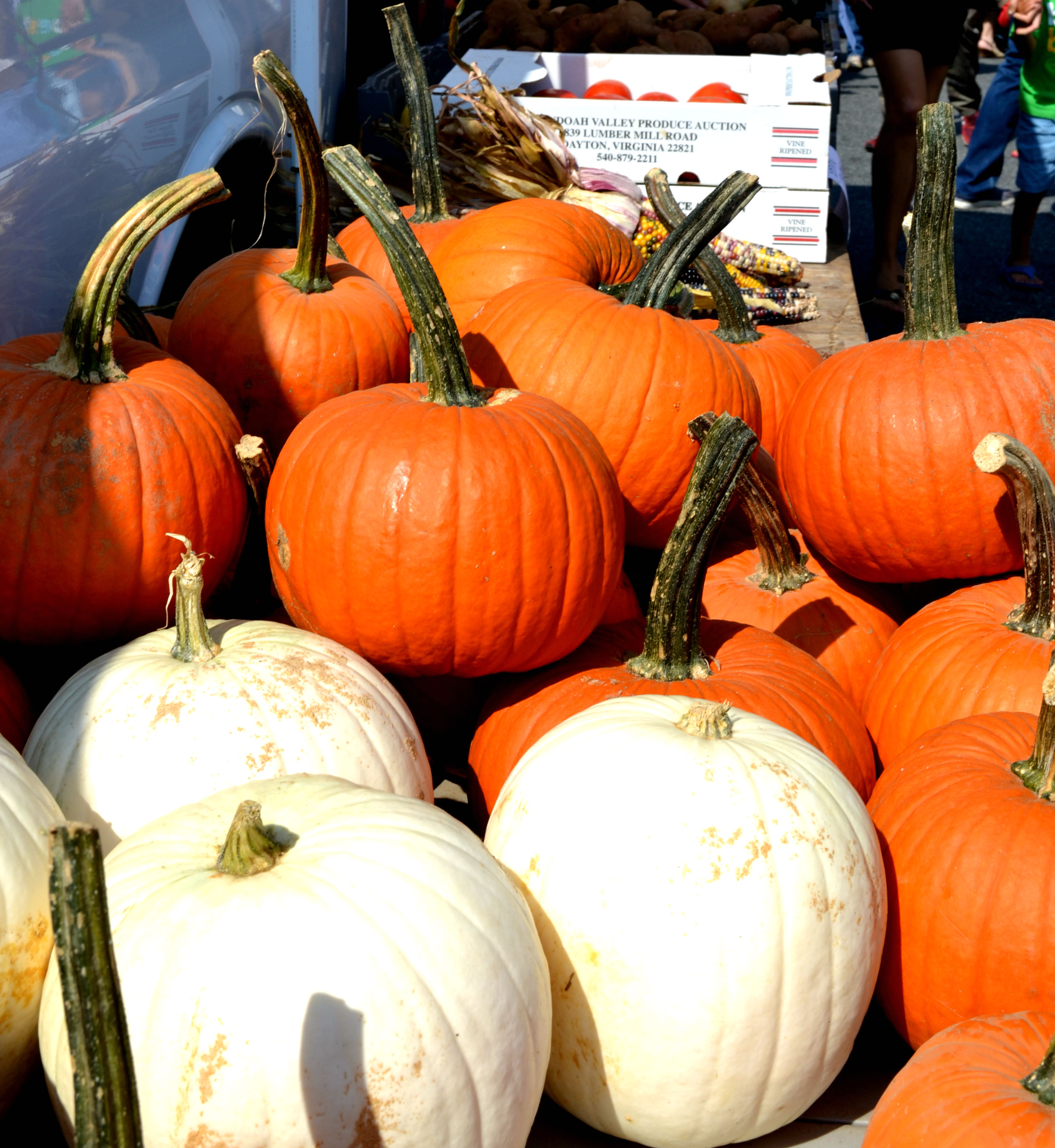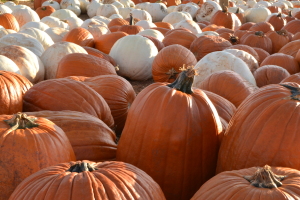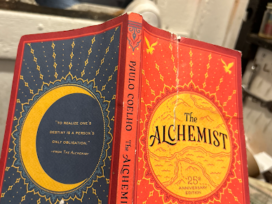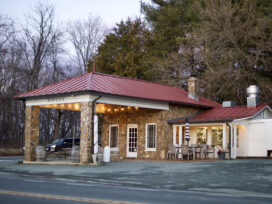
A Hallow Pumpkin and an All Hallows Evening

Halloween is a tradition rich with costumes, candy, fear, and the imagery of the dead everywhere. But where exactly does Halloween come from?
Samhain, (October 31st –November 1st) in mediaeval Ireland, was a festival celebrated to mark the Celtic new year, which started on November 1st. Not only did it symbolize the end of the summer harvest, but also the beginning of the long, cold, dark months of winter. Families would lead their livestock to shelter, count their food, and make sure they had enough supplies to last through winter. Samhain was considered to be liminal, where the “threshold” between the living and spirit world was the thinnest, and the dead were able to mingle closely with the living. The Celts believed Samhain to be the time where all the souls of the people who died in the past year embarked on their journey to the spirit world. Since the Celts associated winter with great death, Samhain was celebrated with bonfires, animal and food sacrifices, and large gatherings in order to pay respects to dead ancestors and help guide lost spirits on their travels, while simultaneously keeping them away from the living.
Of course, all fun must come to an end. Christian missionaries eventually made their way to Ireland and after unsuccessfully trying to do away with Celtic tradition, they sought to transform it. Instead of benevolent souls, the missionaries tried to convince the Celts that the spirits they were paying respect to were evil and demonic. When this did not work, they then changed the Celts’ new year, November 1, to All Saint’s Day and tried to get them to worship saints instead. That also did not work. The Celts continued with their worship and merriment, and reclaimed All Saint’s Day as All Hallows Day. But, it was on the night before All Hallows Day, on All Hallows Evening (or Hallow E’en), that the Celts continued to celebrate the end of the harvest and their dead.
As more and more of the Irish immigrated to America, so did the ways of Samhain. Many different European ethnic groups and Native American beliefs and traditions contributed to a more ‘Americanized’ Hallow E’en. Soon, history became legend, legend became myth, and Hallow E’en’s pagan background slowly faded and meshed into what has become one of the biggest secular holidays in the world. Check out some fun Halloween facts.
- During Samhain, people would not only dress up for the festival, but also to confuse evil spirits into mistaking them for other spirits. This is where the idea of costumes comes from.
- About two billion dollars is spent on Halloween candy annually. Chocolate is a Halloween favorite, and about ninety million pounds of it is made during Halloween week.
- An intense fear of Halloween is called Samhainophobia.
- The first Jack o’Lanterns were first made from turnips, and came from the legend of Stingy Jack. Stingy Jack was a selfish drunk, who conned the Devil many times. After being denied entrance into both Heaven and Hell, he wandered around earth with a lantern, made from a hollowed turnip and an ember from hell, trying to find a place to stay. People carved faces in turnips, or potatoes in order to ward off “Jack of the Lantern” as well as evil spirits.
- People are twice as likely to be killed in car accidents on Halloween than on any other holiday
- The superstition surrounding black cats come from the medieval European fear of witches. The Europeans believed that witches took familiars in the form of cats and/or had the ability to transform into cats themselves
- Stephen Clarke holds the fastest pumpkin carving time, at 16.47 seconds.
- Halloween in the second biggest commercial holiday, next to Christmas.






